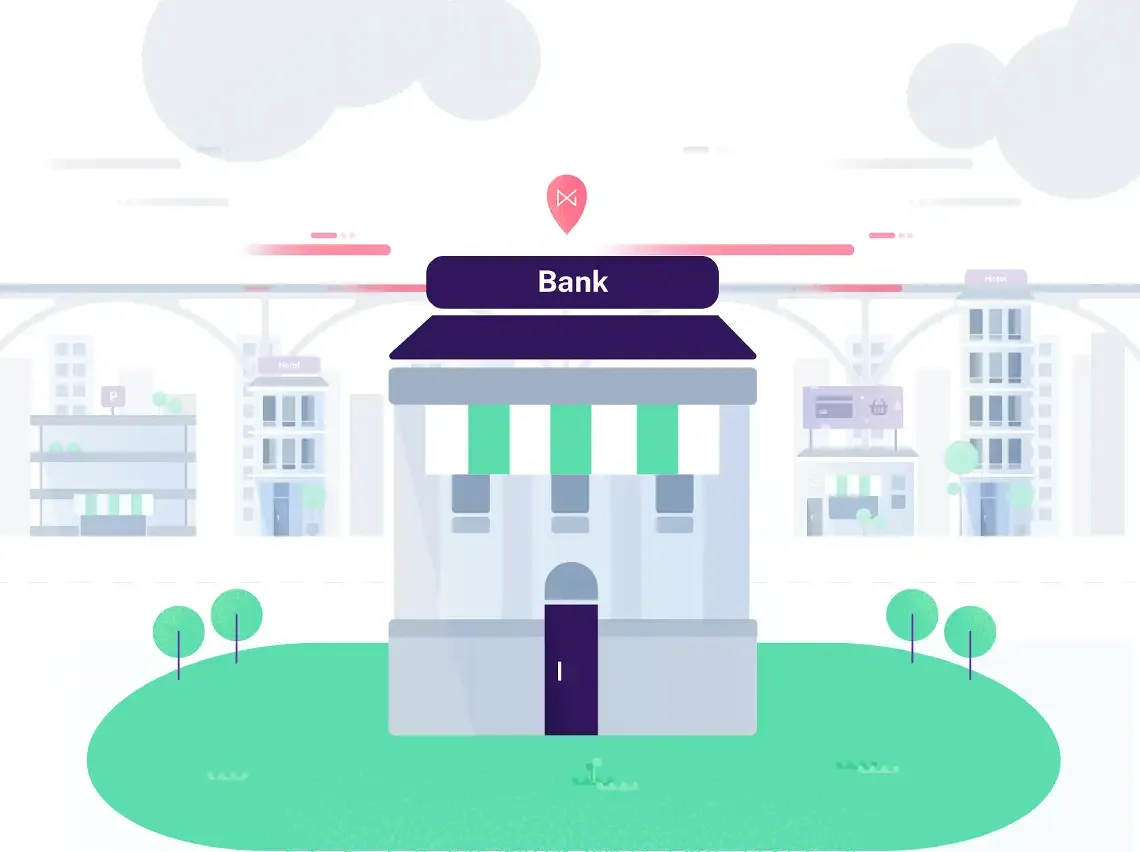FinTechs are launching banking services and targeting your small and medium merchant customers.
Small and medium merchants are banks’ most valuable customers. Single-location or small chain coffee shops, restaurants, retailers, salons, landscapers, home repair companies, and more turn to banks for their business checking accounts, loans, credit cards, and other banking services. Historically, banks competed with each other for this business. Now, however, banks are facing more aggressive and formidable competition from FinTech players such as Square, Stripe and PayPal, who are expanding their offerings to include traditional banking services. For example:
- Square Financial Services, “the engine to power new, improved banking products,” is launching this year.
- Stripe is rolling out Treasury, its Banking as a Service API that allows a business to embed banking services into an ecommerce site or platform.
- PayPal Business, a go-to digital payment acceptance service for small business customers for years, now offers business loans and credit.
When FinTechs market these services, they stress that their payments technology is easy for small business customers to implement and use – often requiring only a mobile device and a card reader – and they assert that they can make banking easier as well. Less red tape, less time, less friction.
These FinTechs are entering the banking space with direct visibility into small and medium merchants’ payment processing transaction volumes, customer demographics, and core cash flow metrics – the lifeline of the business. FinTech’s utilization of payment technology to intercept small and medium merchants is an all-out assault on traditional banking services. Banks must be aggressive in defense of their core customers.
Fight Back Against Bank Competition
Banking services from FinTechs are now a reality. Banks must counter this attack by offering payment services. Following these three tips can improve your position against FinTech bank competition:
1. Implement a full commerce payments platform
Most banks do not have the payments tech stack necessary to serve their small and medium merchants’ needs. It’s common for a bank to refer the merchant to a third-party provider or to recommend a disjointed offering using various third-party payment providers on different channels – one provider for card-present, in-store payments, one for mobile payments, and another for online, ecommerce payments. The complexity that this system creates for small and medium merchants will likely drive them to an offering from a FinTech player. Furthermore, since the beginning of the pandemic, lines have become blurred between brick-and-mortar and ecommerce merchants. Consequently, banks must provide the full tech stack to service all of their merchants’ payments needs, and allow them to do business on any channel. Unifying the payments experience on one bank-enabled tech stack makes managing payments across their entire business easier for small and medium merchants.
IMPROVE YOUR COMPETITIVE POSITION:
Upgrade from a system of disparate payment solutions to a full commerce payments platform, white-labeled with your bank’s brand. Hiring software developers with payment technology expertise and building your own technology from the ground up is possible. However, with FinTechs threatening your customer base now, the time to market is prohibitive, and the expense of development will delay ROI. With the right payments partner, you have services, ready to go, that you can customize for your merchant customers and maintain in-house, giving you the functionality and control you need now.
2. Partner for financial technology expertise
FinTechs, at their core, are innovative technology companies who happen to play in the payments space. Because of their technological nimbleness, they’ve infringed upon banks’ more valuable customers, utilizing a Trojan Horse strategy. Payments technology, not banking services, is a FinTech’s core competency. Banks must counter this attack by adopting state-of-the-art payments technology.
IMPROVE YOUR COMPETITIVE POSITION:
Partnering with a company that provides your bank with white-labeled payment technology levels the playing field. Your partner can go toe-to-toe with a FinTech with regard to tech expertise – and advise you what it will take to compete.
This strategy gives your bank the advantages of financial technology expertise as well as the in-person, personalized services it is known for – and that most FinTech cannot provide.
3. Offer competitive payment processing fees
In their quest to make offerings as simple and appealing as possible for small and medium merchants, FinTechs may offer a flat payment processing rate. Small and medium merchants might like the simplicity; however, they won’t like paying more than necessary for payment processing.
IMPROVE YOUR COMPETITIVE POSITION:
With a white-labeled payments platform and as an acquiring bank that maintains merchant accounts, you have more control over the fees your customers pay, giving you the ability to offer lower fees than a FinTech. By bundling banking and payment services while providing loyal customers with better rates, you’ll have a better chance at building strong, lasting business relationships.
Final Thoughts: Evolve to Build a Successful Future
As FinTechs push their way into the banking space, your fate is not sealed. You can counter by adding payment services to your offerings, leveraging technology to streamline processes and make more traditional services more user-friendly for small business customers.
You have always helped your small and medium merchant customers do business, supporting them with the banking services they need. Now, as more and more business is conducted digitally, your merchant customers need payment services as well. The relationships that you’ve developed with your customers will pave the way for offering them these new services.
For more information on an effective strategy to fight back against new bank competition, contact NMI today.
Don’t just turn on payments, transform the way you do business
- Generate New Revenue By adding or expanding payment offerings to your solution, you can start earning higher monthly and transaction-based recurring revenue.
- Offer the Power of Choice Allow merchants to choose from 125+ shopping cart integrations and 200+ processor options to streamline their onboarding.
- Seamless White Labeling Make the platform an extension of your brand by adding your logo, colors and customizing your URL.





